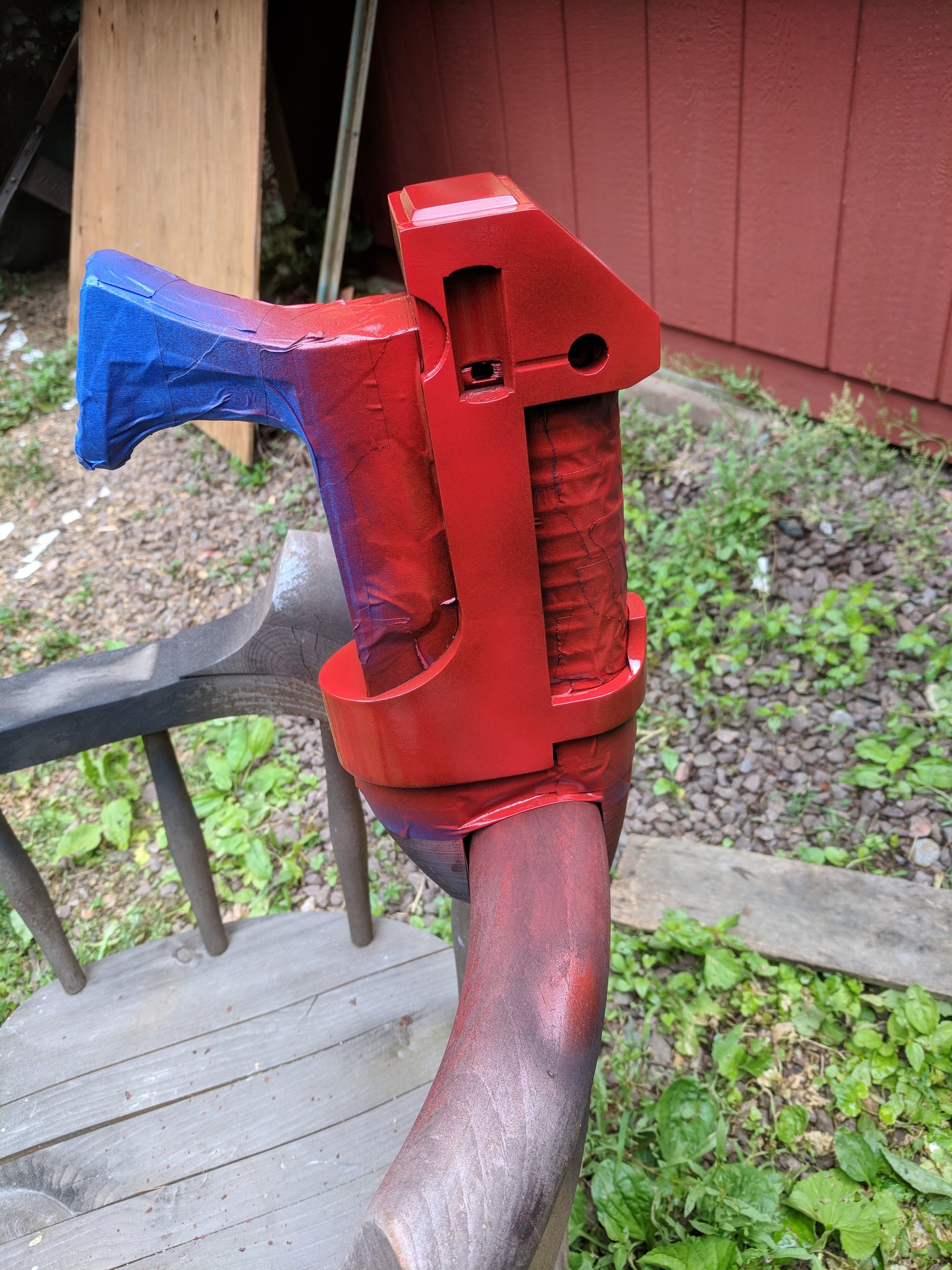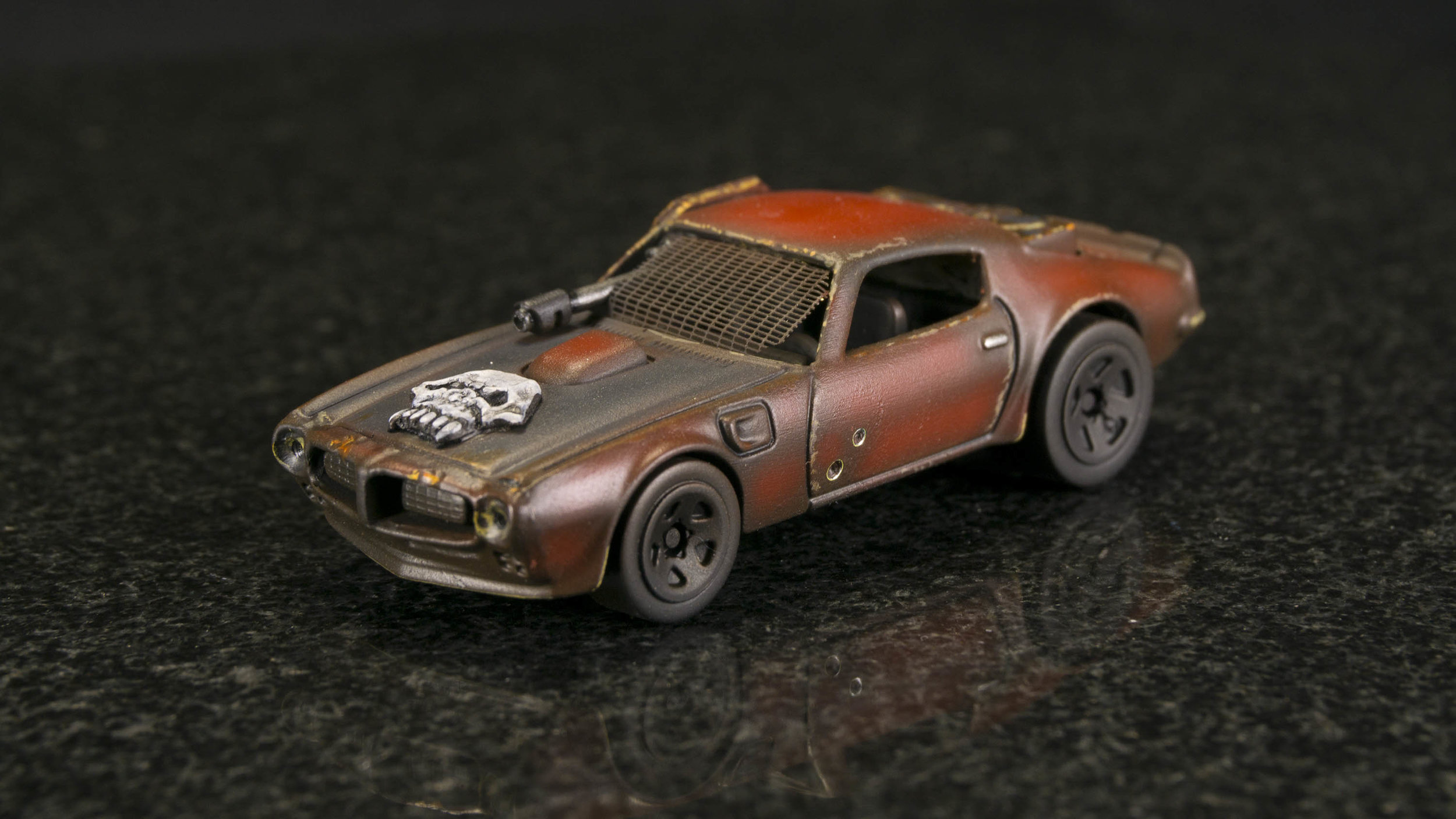I finally did it. I went ahead and bought a 3D printer.
This new tool is going to probably be the subject of a lot of new videos. Until then, I thought I might share my thinking in terms of making the decision on what to buy.
Budget
This is really where you're probably going to start your shopping. My budget was in the neighborhood of $1200. My research told me that this was going to put me at the high end of hobbyist-level printers. To get anything significantly better you really need to jump up to about $1800-$2000. If you just want to dabble but don't have a lot of money to spend you can actually find printers that start out at about $300. I don't think that you're going to get much in the way of print fidelity but the fact that you can get in at that price level at all is pretty amazing.
With my budget pretty much fixed I had another big choice to make. There are actually a couple of different types of 3D printers I could buy with this budget. The most common type is the Fused deposition modeling (FDM) printer and I certainly had a lot of options there, but there is also now at least one Stereolithography (SLA) printer available in this price range now. In fact, when I asked one of my friends in the special effects industry to ask around to see what people recommended, this is the one that came up.
Printer Type
The XYZ Printing Nobel 1.0 - looks like a pretty cool 3D printer. Because it's an SLA printer it also means that it's capable of better resolution than most FDM printers. There's a couple of downsides, though. First, SLA printers use a liquid resin that it cured by laser. The liquid resin is smelly and messy. When your print is complete you have to clean it up in alcohol in order to get rid of the uncured resin. On top of that the resin is really expensive so your cost per print is going to be significantly higher than FDM. Still, the resolution was tempting. I think the two main reasons were cost and reliability. On the reliability side there were some reviews that pointed out that they were getting some unexplainable errors with the hardware or the prints. Not everybody had these problems, but since there were so few reviews it was hard to say how often these errors actually came up. It made me nervous enough to give it a pass. Still, it was tempting.
Other Considerations
So it was to be an FDM printer after all. It was really a matter of deciding which one. There were a number of considerations once we got past what I wanted to spend. The main ones were ease of use, print size, print resolution and general reliability.
I wasn't too concerned about ease of use. I mean, I do a pretty good job of figuring out how things work. I'm no Luddite and I've been teaching myself new skills for years. On the other hand, it would be nice to be able to jump in and just start going. I did look at some 3D printer kits. You can save a bit of money if you don't mind putting one together yourself. On the other hand, my time is valuable and I don't like the idea of having to troubleshoot something like this knowing that I might have screwed it up myself. Better to get something with a warranty that was ready to go. So the kits were out.
Print size is actually a pretty big dividing line. Most of the printers in my price range print somewhere in the range of 5-6" cubes. Some might have one axis that will do better but for the most part they're in that same range. To get anything much bigger means jumping up to the more expensive options. So I was going to be looking to see what the largest ones in my range were.
Resolution is generally listed in the minimum height per layer and generally listed in microns. At the high end printers will generally do between 50 and 20 microns (that SLA printer would do 20 as well). At my price range it was generally 50-100 microns. On the low end it's between 100 and 200 microns. Obviously I wanted as low a number here as possible.
General reliability is a gut check. This is when reviews become really important. I spent a LOT of time looking at reviews and trying to see if any complaints came up regularly. This mostly meant a lot of reading and this was one of the reasons I passed on the SLA printer.
It actually didn't take took long to find what seemed to me to be the best overall printer for my money. I decided to go with the Lulzbot Mini. It's a fairly new printer on the market but the company who makes it has been around a while (in 3D printer years anyway). Even so, there are a ton of reviews out there for it and the overall opinion is that this is a really good printer for the money. When people complain about it at all it's usually because it uses a filament size that isn't the more common size of filament (though based on my research, this doesn't seem to be a hindrance in any significant way). Oh, another downside is that unlike many printers this one requires that it be connected to a computer for the duration of its print cycle. A lot of people seemed bummed about that. I'll probably end up using a little Raspberry Pi-sized computer that I have to use as a dedicated print machine for the printer so I don't have to leave up of my other machines tethered to it for hours at a time.
Anyway, the printer has been ordered and I should have it in hand in a few days. I'm excited to see how I can fit this new tool into my modeling and gaming hobbies as well as into my business. I'll be sure to keep you up to date on my progress.








































